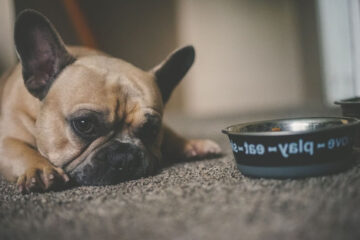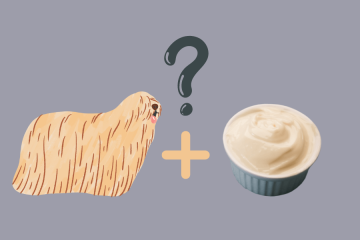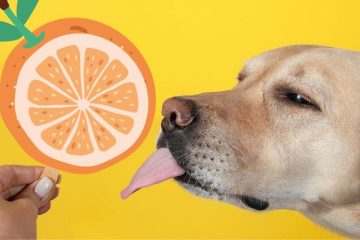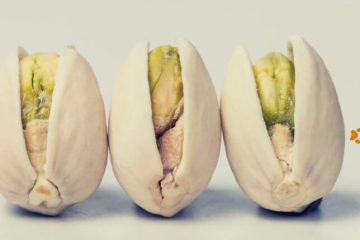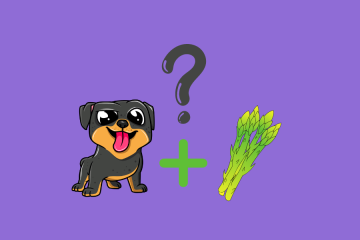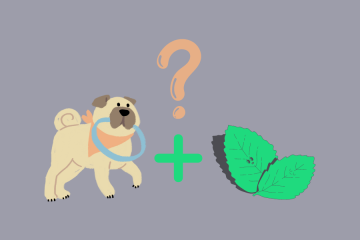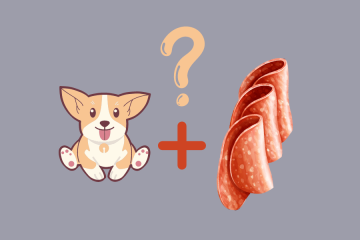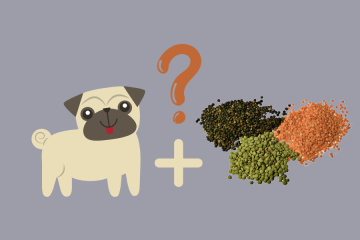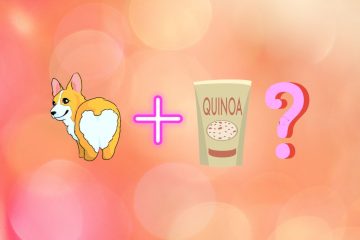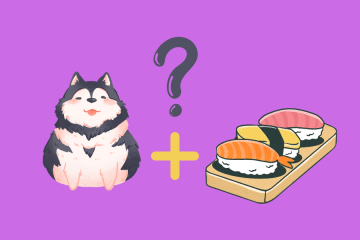Can dogs eat mac and cheese? It is a popular dish made from pasta and cheese. It’s often served as a side dish or appetizer, but it can also be a main course. The cheese in mac and cheese can be made from different types of milk, including cow, goat, or sheep milk. Mac and cheese is a high-calorie food, and it’s not good for dogs.
Key Takeaways
- Dogs can’t eat store-bought mac and cheese ❌
- Most types of cheese used for mac and cheese are not a healthy option for dogs ❌
- Your dog can eat a little bit of homemade mac and cheese made with Swiss cheese or Parmesan ✔️
Is Macaroni and Cheese Bad for Dogs?
It’s definitely not good. Mac and cheese is high in fat and sodium – fat can cause dogs to become overweight, and sodium can lead to health problems like hypertension. Dogs also don’t need as much calcium as mac and cheese provides, so they can end up with health issues like kidney stones if they eat too much of it. Pasta has a lot of carbohydrates, and some dogs just can’t handle so much gluten. It will make your furry buddy lethargic, lazy and bloating. So in general, can dogs eat mac and cheese? Only in small quantities!
Harmful Mac and Cheese Ingredients

Mac and cheese usually contains harmful ingredients and substances that can be dangerous for dogs. First, let’s talk about cheese. While dogs can eat it safely, there are types (like cheddar cheese) that are very bad for them. Sadly, the bad types are also the ones usually found in mac&cheese.
Read more on the „Can dogs eat cheese” topic here!
The next main ingredient is pasta. Again, pasta itself is a fine, occasional addition to your pup’s diet; but combined with cheese, milk and spices, it’s just too much.
Lastly, milk. No pet should consume milk in big amounts. Sadly, dishes like mac&cheese are lactose bombs! The price your pooch may pay is just too high.
How Much Macaroni and Cheese Is Safe for Dogs?
How much mac and cheese can a dog eat is a question that many pet owners have. The answer, unfortunately, is not a straightforward one. Dogs can eat mac and cheese, but they shouldn’t have too much of it. They should only eat a little, and we don’t recommend it as a regular part of their diet.
A whole Kraft packet would definitely be too much for your pup. It is better to serve him plain macaroni, even though he loves cheese.
Mac’n’Cheese Dog Tip
To be fair, dogs don’t particularly crave Mac’n’Cheese. They just want whatever it is you’re preparing for yourself. My tip is, if you’re making mac and cheese from scratch, just set aside a bit of plain pasta. Then, as you plate yourself your cheesy creation, serve the plain batch of pasta to your dog. He’ll be none the wiser!
The Nutritional Value of Mac and Cheese

Take a look at some nutrition data for 1 portion (180g) of prepped Kraft Mac and Cheese:
- Calories: 257
- Carbohydrates: 37.9 g
- Fiber: 2.3 g
- Sodium: 518 mg
- Protein: 9 g
- Fat: 7.8 g
- Sugars: 6.7 g
So, can dogs eat mac and cheese? No, it’s a lot of calories, little nutrition, and plenty of risks.
Can Dogs Eat Mac and Cheese if They Have Lactose Intolerance?
Cheese is a tricky food for dogs to eat because it contains milk. If you’re not sure whether or not your dog has an intolerance, and you still feed them macaroni & cheese (or any other pasta dish), they could have severe reactions including gas pain followed by abdominal discomfort, diarrhea and vomiting! If your pup is lactose intolerant, never feed him dairy products such as mac and cheese. This is not proper dog food.
Healthy Alternatives Instead of Eating Macaroni

There are plenty of healthy Mac’n’Cheese alternatives available. You can feed your dog plain cooked pasta topped with some Parmesan. Or offer them a slice of Swiss cheese. Some good options for dinner leftovers include boiled chicken, rice, and vegetables, or baked salmon without skin. A dog’s stomach doesn’t accept processed foods like cheese powder or instant meals with similar seasonings.
Can Dogs Eat Cheese with Macaroni | The Bottom Line
So, is mac and cheese bad for dogs? Can dogs eat mac and cheese? The answer is yes and no. Therefore, moderation is key. As with any human food, it’s important to give your dog small amounts of mac and cheese at a time to make sure they don’t get sick. And if your dog has lactose intolerance, you might want to give them one of the many healthy alternatives to mac and cheese listed above instead.
Remember how much time Courage spent on the Mac’n’Cheese? Just like it wasn’t worth his time, making mac and cheese for your dog isn’t worth yours. Stick to plain pasta, and he’ll just as content.
We hope you enjoyed this post and feel free to share it with all your friends who love giving their furry companions special treats!

